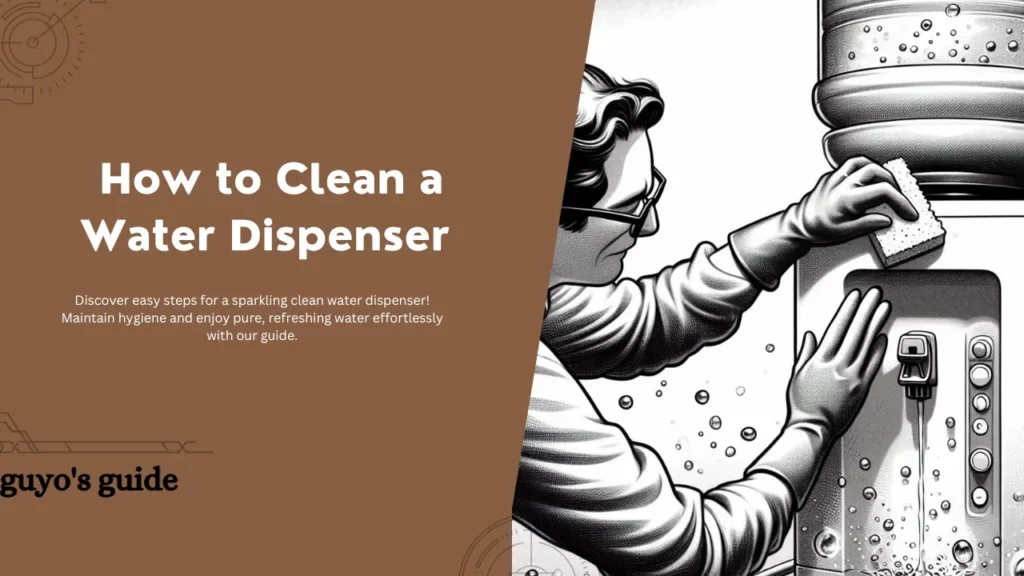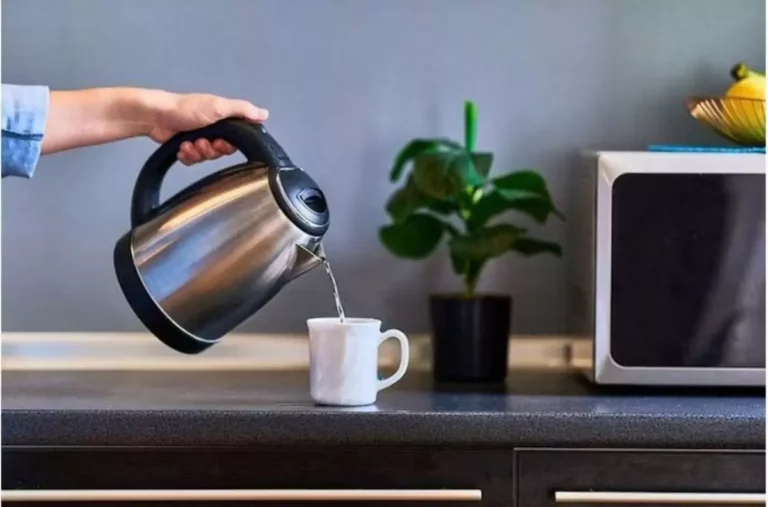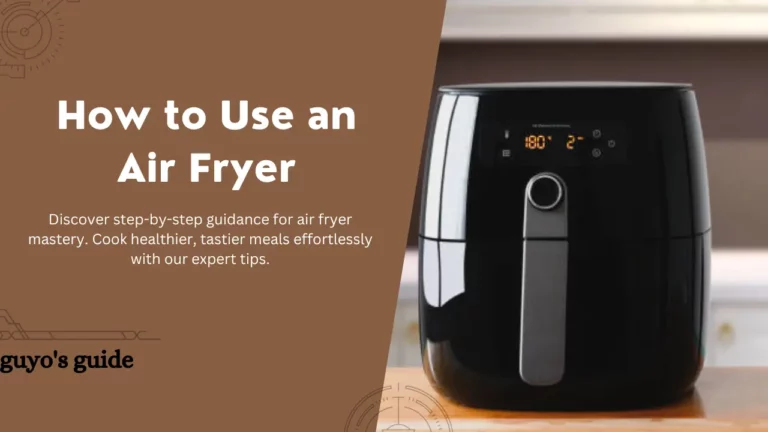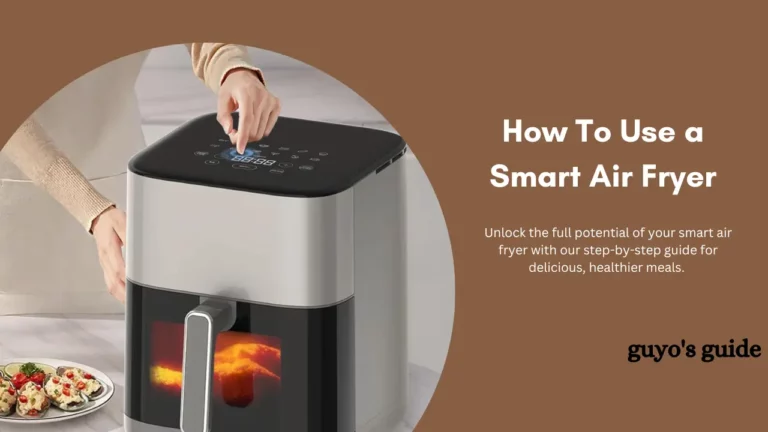How to Clean a Water Dispenser for Safe Drinking


Maintaining a clean and hygienic water dispenser is essential to ensure the safety and quality of your drinking water.
In this article, we will provide you with a step-by-step guide on how to clean a water dispenser effectively.
By following these simple instructions, you can enjoy a continuous supply of clean and refreshing water, keeping you and your family healthy.
So, let’s dive in.
Steps on How to Clean a Water Dispenser
Cleaning a water dispenser is essential to ensure that it dispenses clean and safe drinking water. Here’s a step-by-step guide on how to clean a water dispenser:
Materials Needed:
- Mild dish soap or water dispenser cleaner
- White vinegar or hydrogen peroxide
- Clean, lint-free cloths or paper towels
- Sponge or soft brush
- Water
- Empty container or bucket
- Toothbrush
- Sanitizing tablets (optional)
Step 1: Turn Off and Unplug
Before you start cleaning, turn off the water dispenser and unplug it from the power source.
This is important for your safety and to avoid any damage to the dispenser during the cleaning process.
Step 2: Empty the Water Tank
Dispense any remaining water from the dispenser into a container or bucket. If your dispenser has a hot water feature, ensure that you turn it off and allow the water to cool before proceeding.
Step 3: Remove Water Bottle (if applicable)
If your water dispenser uses a bottle, remove it and set it aside. If you have a bottom-loading dispenser, follow the manufacturer’s instructions for removing the water bottle.
Step 4: Disassemble Removable Parts
Remove any removable parts such as the drip tray, water guard, and nozzle. Rinse these parts thoroughly with warm water.
Step 5: Clean the Drip Tray and Nozzle
Use a mild dish soap or water dispenser cleaner to clean the drip tray and nozzle. A sponge or soft brush can help scrub away any accumulated residue. Rinse the parts thoroughly with warm water.
Step 6: Clean the Water Reservoir
Mix a solution of one part white vinegar or hydrogen peroxide with three parts water. Pour this solution into the water reservoir.
Use a sponge or soft brush to scrub the interior of the reservoir, paying attention to corners and crevices. Let the solution sit for 10-15 minutes to help break down any deposits.
Step 7: Scrub with a Toothbrush
For hard-to-reach areas, use a toothbrush to scrub away any remaining buildup. Be gentle to avoid damaging the dispenser.
Step 8: Rinse Thoroughly
Empty the cleaning solution from the water reservoir and rinse it thoroughly with clean, warm water. Make sure to rinse all parts until there is no trace of cleaning solution or soap.
Step 9: Sanitize (Optional)
If desired, you can use sanitizing tablets or a mixture of water and a sanitizing solution recommended by the manufacturer to further disinfect the dispenser. Follow the product instructions for proper usage.
Step 10: Reassemble and Refill
Once all parts are clean and dry, reassemble the water dispenser. If you removed a water bottle, reinstall it.
Plug in the dispenser and turn it on. Dispose of the first batch of water to ensure that any remaining cleaning solution is flushed out.
Note: If your water dispenser has filters, check the manufacturer’s instructions for cleaning them. Some filters can be rinsed, while others may need to be replaced. If they are reusable, gently scrub them with a soft brush under running water.
Tips for Maintaining a Clean Water Dispenser
Maintaining a clean water dispenser is essential for ensuring the quality and safety of the water it dispenses. Here are some tips to help you keep your water dispenser clean and functioning properly:
1. Read the User Manual
Always refer to the user manual provided by the manufacturer for specific cleaning and maintenance instructions.
Different models may have unique requirements, and following the manufacturer’s guidelines will help you care for your dispenser properly.
2. Regular Cleaning Schedule
Establish a regular cleaning schedule for your water dispenser. Depending on usage and water quality, cleaning every 1-3 months is generally recommended. This helps prevent the buildup of bacteria, mold, and other contaminants.
3. Empty and Clean Water Reservoir
Regularly empty the water reservoir and clean it thoroughly. Use a mixture of white vinegar and water or a water dispenser cleaner to remove any deposits or impurities. Rinse the reservoir with clean water to eliminate any residual cleaning solution.
4. Clean Removable Parts
If your water dispenser has removable parts such as a drip tray, water guard, or nozzle, clean them separately.
Use mild dish soap and warm water or a water dispenser cleaner to remove any accumulated residue. Rinse thoroughly before reassembling.
5. Replace Filters
If your water dispenser has filters, follow the manufacturer’s recommendations for replacement.
Regularly changing filters is crucial for maintaining water quality and ensuring that the dispenser functions optimally.
6. Wipe Down Exterior
Wipe down the exterior of the water dispenser regularly to remove dust, fingerprints, or any spills. Use a clean, damp cloth, and avoid abrasive cleaners that could damage the finish.
7. Sanitize Periodically
Consider using sanitizing tablets or a solution recommended by the manufacturer to disinfect the water dispenser.
This step is particularly important if the dispenser is used in a high-traffic or public area.
8. Inspect for Leaks
Regularly check for any signs of leaks or water damage. Addressing leaks promptly can prevent water from pooling around the dispenser, reducing the risk of mold growth or damage to surrounding surfaces.
9. Empty Water Bottles
If your water dispenser uses bottles, ensure they are emptied and replaced regularly. Stagnant water in bottles can contribute to bacterial growth and affect water quality.
10. Use Clean Water Sources
If you are using a bottle-fed water dispenser, make sure the water source is clean and safe.
Use bottled water from a reputable source, or ensure that the water bottle is properly sanitized before installation.
11. Educate Users
If the water dispenser is used in a shared space, educate users about proper hygiene practices.
Encourage them to dispense water into clean containers and to avoid touching the dispensing area with dirty hands.
FAQs
How often should I clean my water dispenser?
It is recommended to clean your water dispenser every 1-3 months, depending on usage and water quality. Regular cleaning helps prevent the buildup of bacteria and ensures the dispenser provides clean and safe drinking water.
Can I use regular dish soap to clean my water dispenser?
Yes, you can use mild dish soap to clean your water dispenser. Mix it with water to create a gentle cleaning solution. Ensure thorough rinsing to remove any soap residue.
Can I use sanitizing tablets to clean my water dispenser?
Yes, sanitizing tablets can be used to disinfect your water dispenser. Follow the manufacturer’s instructions for proper usage, or you can use a mixture of water and a sanitizing solution recommended by the manufacturer.
What if my water dispenser has mold?
If you find mold, disassemble the dispenser, clean the removable parts with mild soap, and use a solution of vinegar or hydrogen peroxide to scrub the reservoir. Rinse thoroughly, sanitize if desired, and establish a regular cleaning schedule to prevent mold recurrence.
Can I use hydrogen peroxide to clean my water dispenser?
Yes, you can use a solution of hydrogen peroxide and water to clean your water dispenser. Follow a ratio of one part hydrogen peroxide to three parts water for effective cleaning and disinfection.
Wrap Up
Maintaining a clean water dispenser is essential for ensuring the purity and safety of the water it dispenses.
Regular cleaning, using mild cleaners like vinegar or dish soap, and paying attention to removable parts contribute to a healthier drinking experience.
Whether dealing with mold or routine maintenance, following manufacturer guidelines and establishing a cleaning schedule will keep your water dispenser in optimal condition.
By adopting these practices, you not only enhance the dispenser’s lifespan but also promote the overall well-being of those enjoying its refreshing output.






